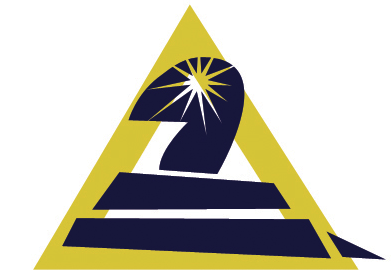Ticket #91 (new idea)
add parameter correlation capabilities
| Reported by: | mmckerns | Owned by: | mmckerns |
|---|---|---|---|
| Priority: | major | Milestone: | mystic-0.4a |
| Component: | mystic.math | Keywords: | |
| Cc: |
Description
add parameter correlation capabilities
Change History
Note: See
TracTickets for help on using
tickets.

Notes on MCMC and parameter correlation from Paul Kienzle:
pyMC is not an optimizer -- instead, it starts from the solution point and does a random walk according to the probability distribution defined by the problem. You end up with a collection of points from you parameter space whose frequency is proportional to the probability of seeing that point. You then histogram the results to see the frequencies. Pymc determines the joint probability distribution of your parameter space near your solution. Using the suggestions from the mailing list (increasing the number of generations or using adaptive metropolis) I was able to get much better results for correlated variables. If your parameters are independent, you can simply use the mean and standard deviation of the returned points as your uncertainty. If they are correlated you will need to do something more clever both for analysis and reporting. I added examples of non-linear correlations to: svn://danse.us/reflectometry/branches/pymc-exploration/ Potential uncertainty quantifiers: 1. Using the derivatives at the solution A Balsamo, G Mana and F Pennecchi The expression of uncertainty in non-linear parameter estimation Metrologia 43 (2006) 396–402 http://www.iop.org/EJ/article/0026-1394/43/5/009/met6_5_009.pdf?request-id=488a34df-5809-45bb-b8f4-d12bda4b27f1 Cramer-Rao sigma**2 inv(J'J) Hessian 2 sigma**2 inv(H) Additive residuals 4 sigma**2 inv(H) J'J inv(H) Exact sigma**2 inv(H) dJ'/dy dJ/dy inv(H) 2. Resampling and refitting, with the caveats on correlated parameters given above. 3. Methods from Dakota http://www.ne.ncsu.edu/research/ace/adams_ace.pdf - sampling from factorial design or latin hypercube - modeling response surface and measuring the model